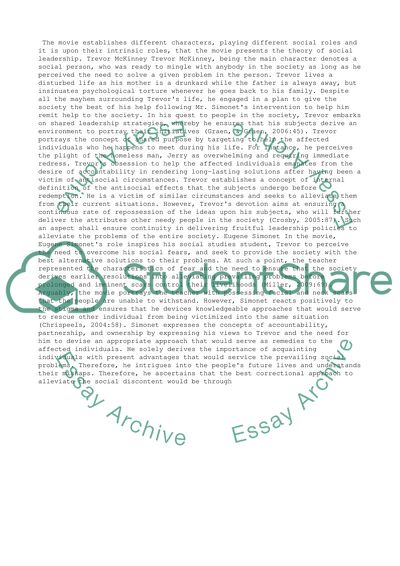Cite this document
(“Managerial leadership Assignment Example | Topics and Well Written Essays - 1000 words”, n.d.)
Managerial leadership Assignment Example | Topics and Well Written Essays - 1000 words. Retrieved from https://studentshare.org/management/1480444-managerial-leadership
Managerial leadership Assignment Example | Topics and Well Written Essays - 1000 words. Retrieved from https://studentshare.org/management/1480444-managerial-leadership
(Managerial Leadership Assignment Example | Topics and Well Written Essays - 1000 Words)
Managerial Leadership Assignment Example | Topics and Well Written Essays - 1000 Words. https://studentshare.org/management/1480444-managerial-leadership.
Managerial Leadership Assignment Example | Topics and Well Written Essays - 1000 Words. https://studentshare.org/management/1480444-managerial-leadership.
“Managerial Leadership Assignment Example | Topics and Well Written Essays - 1000 Words”, n.d. https://studentshare.org/management/1480444-managerial-leadership.


